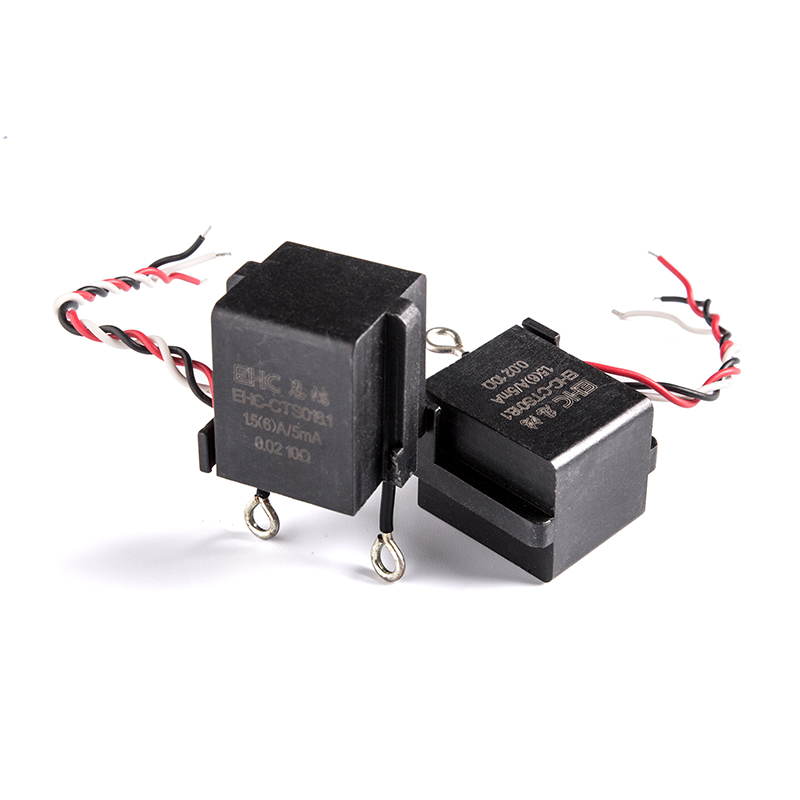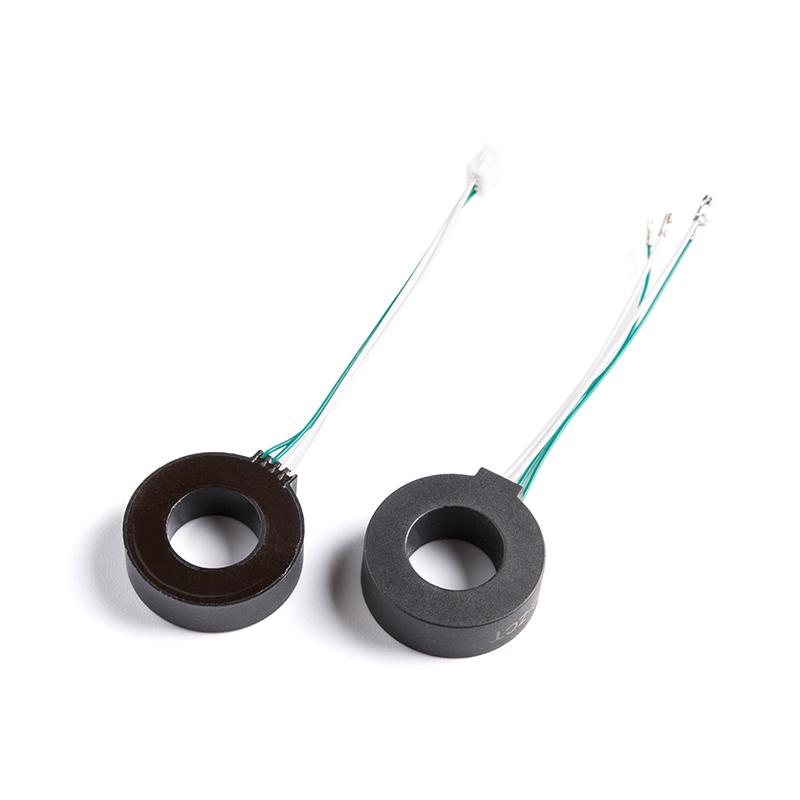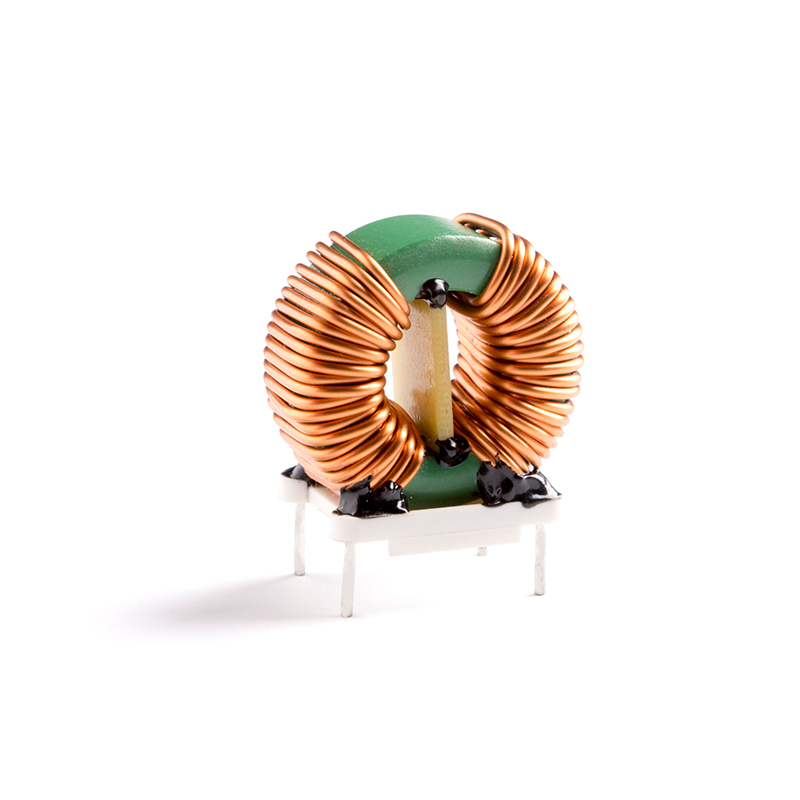Inductor Cores are designed for different purposes. Their designs vary by application and some of these inductors based on their purpose are listed below.
multilayer inductor
As the name suggests, these inductors have multiple layers of wire wound around each other. This type of inductor has a larger inductance due to the increased number of turns in the winding.
In these multilayer inductors, not only does the inductance of the inductor increase but also the capacitance between wires increases. The great advantage of these inductors is that by giving a lower operating frequency we can get higher inductance results.
These types are applied at high frequencies to suppress noise in signal processing modules such as wireless LAN, Bluetooth, etc. They are also used in mobile communication systems.
Thin film inductor
This type of inductor is designed on a substrate of thin ferrite or magnetic material. Conductive helical copper traces are placed on top of the substrate. The design is stable and vibration resistant.
Due to its high precision, high performance, and compact size, it is used in mobile communication equipment, wireless networks, and power supplies, among others.
Molded inductor
Like resistors, these inductors are coated with an insulating material such as molded plastic or ceramic. The magnetic core is made of ferrite or phenolic material. Windings can be of different designs and come in different shapes such as axial, cylindrical and bar.
Coupled inductor
A coupled inductor consists of two windings around a common core. The change in magnetic flux due to the first winding induces an electromotive force in the second winding; this phenomenon is called mutual inductance. Both windings are galvanically isolated. A coupled inductor, therefore, provides electrical isolation between the two circuits. Transformers are coupled inductors.
power inductor
These inductors are designed to handle high currents without reaching magnetic saturation. To increase the saturation current rating, the inductor's magnetic field increases, which causes EMI (Electromagnetic Interference). To reduce EMI, most power inductors use proper shielding. They come in SMD and through-hole packages ranging from a few amps to hundreds of amps.
RF Inductors
This type of inductor is designed for high-frequency applications. Common inductors do not perform very well due to high impedance and core loss at high frequencies. Most of these losses are due to parasitic capacitance, skin effect, proximity effect, and eddy current loss. Eddy current losses are proportional to frequency. So eliminate it by removing the core entirely instead of using an air core inductor.
Whereas the parasitic capacitance is due to the potential difference between adjacent winding turns. It causes the inductor to self-resonate at high frequencies. Reduce it by keeping some space between the wires and winding the coils in a spider web or basket weave (honeycomb) design to avoid parallel turns.
What Are The Types Of Inductors Classified By Application?
Recommended Products
-
 View More >>
View More >>
Non-Toroidal C-Type Cut Amorphous Nanocrystalline Cores
Industry: Amorphous Nanocrystalline Core
-
 View More >>
View More >>
EHC-VCT Series for Power supply
Industry: Current Transformer
-
 View More >>
View More >>
Transformers Cores Amorphous Nanocrystalline Cores
Industry: Amorphous Nanocrystalline Core
-
 View More >>
View More >>
Amorphous Nanocrystalline Inductor Cores
Industry: Amorphous Nanocrystalline Core
-
 View More >>
View More >>
CTS Series Terminal High Precision Amorphous Nanocrystalline Current Transformers
Industry: Current Transformer
-
 View More >>
View More >>
Rectangular hysteresis loop Cores
Industry: Amorphous Nanocrystalline Core
-
 View More >>
View More >>
High Linear Current Transformers
Industry: Current Transformer
-
 View More >>
View More >>
Common Mode Choke Amorphous Nanocrystalline Inductors
Industry: Amorphous Nanocrystalline Inductors

 English
English 中文简体
中文简体 Deutsch
Deutsch 日本語
日本語

